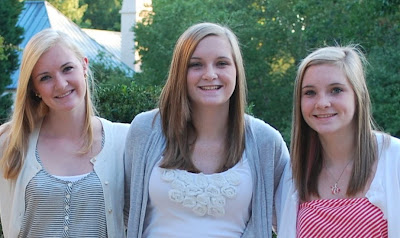 |
| The Beautifully Blossoming McFeeley Sisters |
GUEST POST: Meet Pat McFeeley, one of the coolest dads with daddybetes and a dear friend. His twins are both Cassie's age and they have all grown up together being able to share their diabetes travails. Now as teenagers, our daughters are hitting us with ever changing challenges. Pat was kind enough to share a little insight that we may find useful.
The general thought is that teenagers don’t appreciate the consequences of risky choices they make. A good friend from JDRF, Tom Brobson, recently recommended an article that sheds some light on the teenage brain in regards to risk vs. reward.
Apparently, the teen brain does comprehend the consequences but values the reward much more than the adult mind. As a teenage T1D, that might mean continuing that important conversation or activity with a friend rather than checking your blood sugar or delivering important insulin. It could also mean driving a car unaware of a low blood sugar.
The article is in the Oct. 2011 issue of National Geographic Magazine. It is worth a read for any parent trying to figure out the teenage brain and how they make decisions. It also discusses some interesting facts about the development of the brain during those years.
Here's the link: http://ngm.nationalgeographic.com/print/2011/10/teenage-brains/dobbs-text

1 comment:
Thanks for sharing! I have 2 daughters with Type 1, but they are 4 and 6. I hope to hear more of your stories in the future. Thanks again.
Tim Brand
Post a Comment